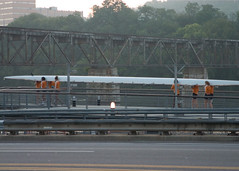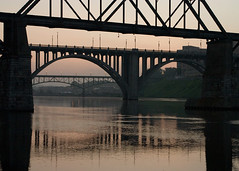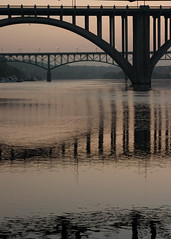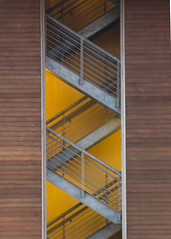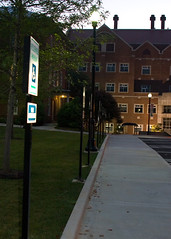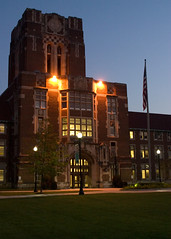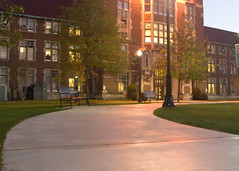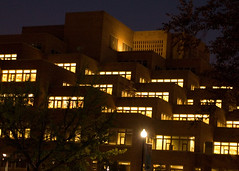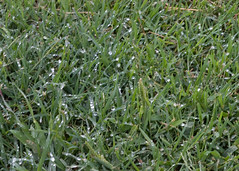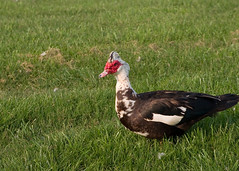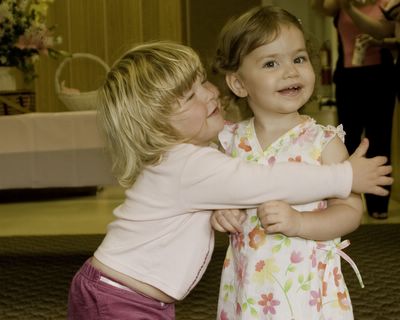The second day of class wasn't to bad. The teacher was sick, so we joined with one of the other classes, which was photojournalism. It was a very interesting lecture. (Warning: I've tried to organize my notes the best that I can, the instructor had a tendancy to ramble and switch thoughts mid-stream)
We talked about lighting situations. From low light, room lights, and flashes.
Low Light Situations
In some low light situations, you can't use a flash. In these situations you want to 'push' your exposure. To push, with digital, you will bump your ISO up to the smallest the situation will allow. Normally at night you will need an ISO of 1600 or 3200. (Note: no matter what ISO you are at, you will still capture the same number of pixels) The issue that arises when you increase your ISO is noise. This is where the pixels don't know what they are supposed to do. Here is where the cost and age of your camera come into play. The older your camera is, the higher amount of noise it will have. Also the more expensive your camera is, the better the chip that records the information. There is a big difference between digital SLRs and the compact point and shoot in relation to noise. The compact point and shoot will have a lot more noise at the higher ISOs.
Two rules for low light situations:
1. Own a good camera
2. Shoot with arms tucked at sides for more stability
Inside with room lights
Not a lot was said about these situations. If you are taking photos indoors and there is not enough light, take the shades off the lamps. This will increase that amount of available light and help with shadows.
Flashes
The instructors first comment about flashes was: The on camera flash is crap, rip it off. So with that note, I do recommend getting an external flash. Check out Strobist for more information about off camera flash photography.
Once you have the flash, his recommendation was to use it off the camera when ever possible. If you have to use it on your camera, don't have the flash pointing directly at the person. Angle the flash up so that you can 'bounce' the light to make it less harsh. He also recommended getting a good diffuser. Stofen makes an 'Omni-Bounce' that does this very well. The cheaper alternative is to find a medicine bottle that is white and about the size of your flash and make one for yourself.
An issue that you will run into using your flash is that the light from your flash has a different color temperature than daylight, floresent, and tungston. It is closer to daylight than the other two. If you are shooting with your flash inside, you will need to color correct for the difference. You can use gels to do this or Stofen makes 'Omni-Bounces' of those colors. (Floresent = Green, Tungston = Yellow)
You can use your flash as 2 different light sources:
1. Supplement - this is a fill flash. The existing light creates the scene and the fill helps with the shadows.
2. Compliment - the flash as the main light. The flash creates the scene and the existing light is the background.
Photojournalism
Photo journalists normally shoot extremes. This means they are normally shooting at a wide open aperture (f-stop 2 or 2.8) and a fast shutter speed (1/1000). The wide open aperture forces the background out of focus while the fast shutter speed will catch the action. A couple of other things here: a photojournalist makes fast decisions about how he wants the picture to turn out (aperture and shutter speed), and he can decide how the person will look (wide angle lens - not flattering, telephoto lens - flattering).
Photojournalism is concerned with 3 areas:
1. Sports
2. Features
3. News
a. Scheduled
b. Spot
The last thing the he left us with was this:
Take pictures of interesting things.
